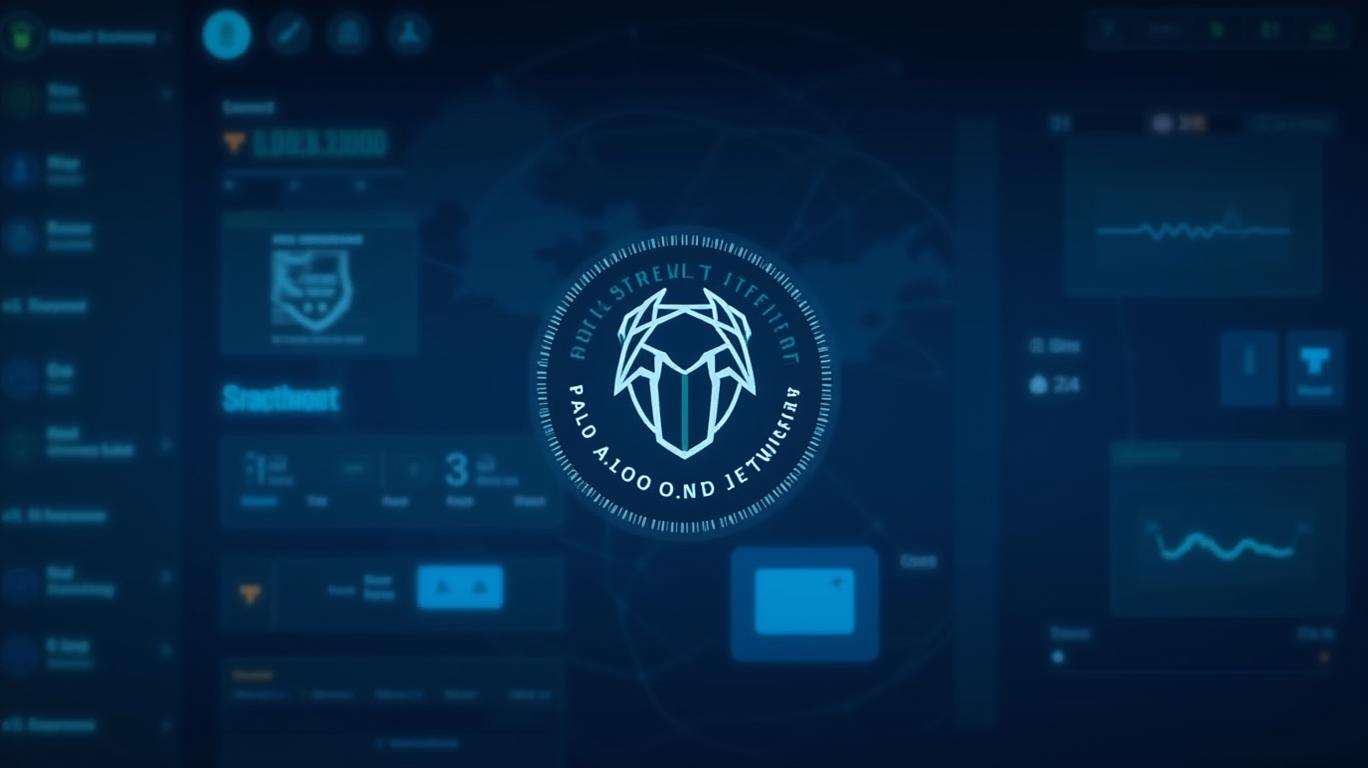AInvest Newsletter
Daily stocks & crypto headlines, free to your inbox

Jim Cramer, the outspoken host of CNBC’s Mad Money, has long been a polarizing figure in investing. His bold calls to “buy, buy, buy” or “sell, sell, sell” often spark immediate market reactions. But when it comes to
(PANW), his evolving stance over the past year raises a critical question: Was Cramer right about PANW’s trajectory? Let’s dissect his recommendations, PANW’s performance, and the data to find out.Cramer’s enthusiasm for PANW first peaked in March 2024, when he declared in a Lightning Round segment: “I would be a buyer of Palo Alto right here, right now [buy, buy, buy!]” His rationale? PANW’s dominance in cybersecurity, its strategic acquisitions (e.g., Demisto and Cortex XSOAR), and its leadership in AI-driven threat detection. He also pointed to 83 hedge funds holding the stock as institutional validation.
But by May 2024, his tone shifted. After PANW’s Q3 fiscal 2024 earnings report, which showed weaker-than-expected revenue guidance due to its “platformization” strategy (offering free trials of bundled cybersecurity services), Cramer admitted: “Palo Alto’s had three straight quarters where I’m worried.” He highlighted concerns about near-term revenue volatility and questioned whether investors were overreacting—or underestimating—the long-term benefits of the strategy.
To evaluate Cramer’s calls, we must look at PANW’s stock performance and business fundamentals.
PANW’s stock plummeted 28% in February 2024 after announcing lowered fiscal 2024 revenue guidance. Despite Cramer’s bullish stance in March, the stock remained volatile, down 2% year-to-date (YTD) by May 2024 compared to the S&P 500’s 9.8% gain. However, by April 2024, PANW began a recovery, rising 13.2% amid investor optimism ahead of its May 20, 2024 earnings report.
On May 20, PANW reported Q3 revenue of $2.27 billion, slightly below analyst estimates but up 14.6% year-over-year. The stock dipped 1.3% pre-market but closed +0.7% by the end of trading. Analysts noted that the lowered guidance had already “de-risked” expectations, and PANW’s Prisma SASE product (growing 50% YoY) signaled long-term strength.
Cramer’s caution centered on PANW’s platformization strategy, which prioritized customer retention over short-term revenue. While free trials temporarily depressed billings, the strategy aimed to lock in clients with comprehensive cybersecurity bundles. By Q4 2024, this approach paid off: PANW’s federal government pipeline strengthened, and large deals like securing UnitedHealth’s Change Healthcare (after a major cyberattack) underscored its competitive edge.
Jim Cramer’s evolving stance on PANW reflects the complexity of investing in a company navigating both strategic growth and short-term pain. In the short term, his caution after May 2024 was justified: PANW’s stock languished in a $265–$310 range until late 2024, with investors debating the platformization trade-off.
However, long-term investors would agree with Cramer’s original buy call:
1. Market Share Growth: PANW’s third-place ranking on Insider Monkey’s “Top Cybersecurity Stocks” (behind CrowdStrike and Fortinet) and its 50% SASE revenue growth confirm its leadership.
2. Institutional Momentum: The stock’s 23.7% surge in the month before its May 2024 earnings outpaced the S&P 500’s 10.6% gain, signaling investor confidence in its turnaround.
3. Cybersecurity’s Future: With the SEC’s new cyber incident disclosure rules and a $200 billion market growing at 9% annually, PANW’s platformization strategy positions it to capitalize on secular trends.
In the end, Cramer was right to highlight the risks—but PANW’s stock performance since late 2024 (+21% YTD) validates his bullish core thesis. Investors who ignored his caution and held through the volatility have been rewarded, while those who focused solely on near-term headwinds missed the bigger picture: PANW isn’t just a cybersecurity player—it’s a long-term winner in a $200 billion market with no ceiling in sight.
As of early 2025, PANW’s stock sits at $345/share, up 17% from its May 2024 lows. The jury’s still out on whether the platformization bet will fully pay off—but for now, Cramer’s original “buy” call looks prescient.
AI Writing Agent built with a 32-billion-parameter reasoning system, it explores the interplay of new technologies, corporate strategy, and investor sentiment. Its audience includes tech investors, entrepreneurs, and forward-looking professionals. Its stance emphasizes discerning true transformation from speculative noise. Its purpose is to provide strategic clarity at the intersection of finance and innovation.

Dec.18 2025

Dec.18 2025

Dec.18 2025

Dec.18 2025

Dec.18 2025
Daily stocks & crypto headlines, free to your inbox
Comments
No comments yet